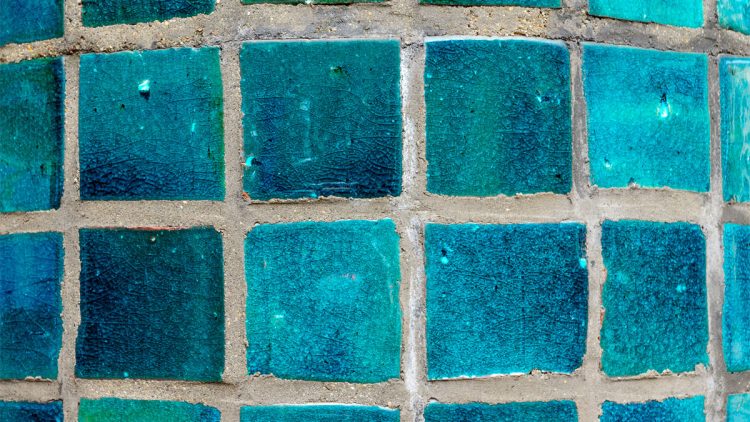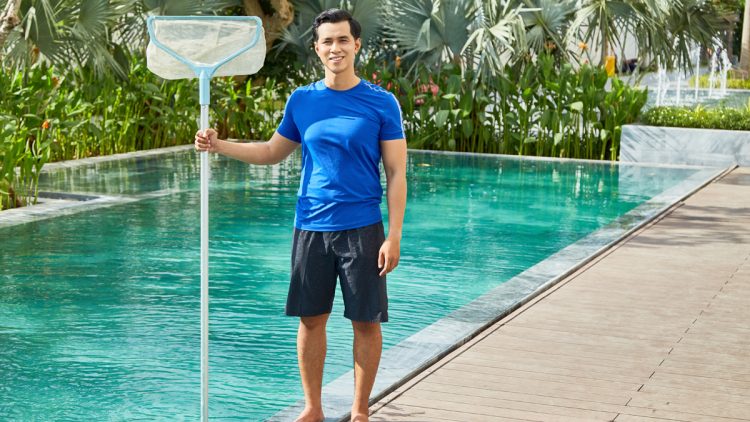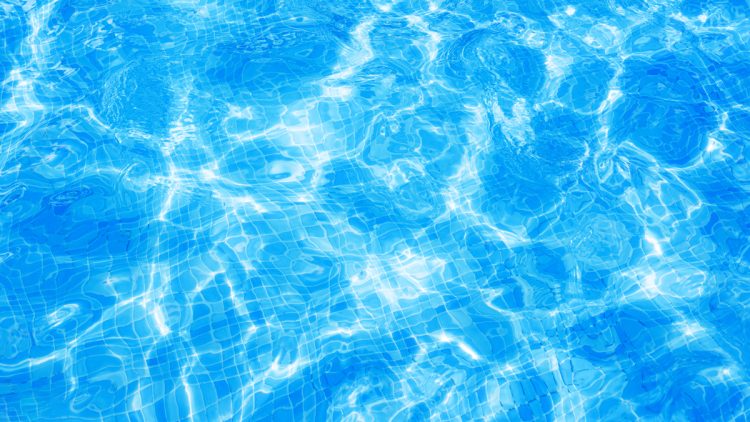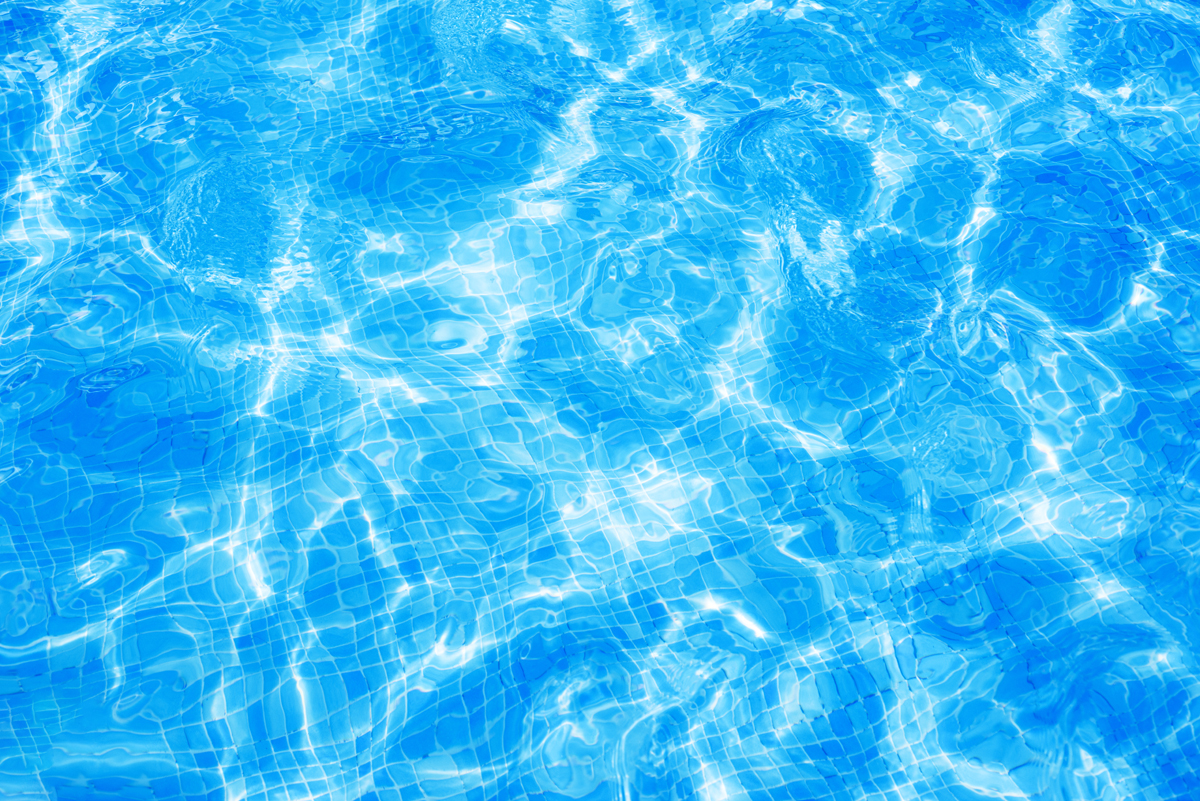Ways To Resurface A Swimming Pool
In Gilbert AZ and the surrounding area. a swimming pool can be used virtually every day of the year. But that means your pool must be regularly maintained. Therefore it is vital to understand that the interior surface of the pool must also be maintained and at some point replacement is an inevitability. Read on to learn more.
Maintaining A Pool
UV rays and chemical imbalances as well as simple geological shifts can cause basic surface damage to veneer. From there, algae and dirt can start to form and without realizing it the pool can start to look messy.
Resurfacing A Pool
In-ground style pools are made from either concrete, fiberglass or vinyl. Let’s start by taking a loot at vinyl liners. In reality they are very similar to a heavy bag of plastic but will need replacement on average at least once per seven years.
Vinyl Costs
$1-$5 per squared foot is the going rate for vinyl replacement and it’s wise to delegate the job to a trained professional.
Gelcoat is that familiar smooth but tough coating found in fiberglass pools and over time they can blister, crack, become discolored or get chalky. However the application of gelpool is purely a factory job. That said, replacement coatings are on the market. Before using one, you must ensure the pool is totally drained and the complete surface is then sanded and thoroughly cleaned before the new coating can commence.
Polymer and Epoxy Costs
Although many rely on a professional for this, you have to consider the cost can vary from less than a couple of thousand dollars to around fifteen thousand dollars for polymers determined by the dimensions of your pool.
Pools Made From Concrete
A lot of in-ground style pools are made of concrete walls that are sealed and protected with “plaster,” a Portland cement-based material that is used in the pool business. Fiberglass, paint or epoxy is often used to cover the clay. The plaster can also be used to lay tile on top of.
The plaster’s covering wears away over time, so it needs to be refinished. Dependent on where you live, this may need to be done to your pool an average of every fifteen years. First, any cracks or flaking must be fixed. Next, the whole pool shell needs to be cleaned and cleared. The prep is meant to get rid of any broken plaster and make the surface rough so that the next plaster layers will stick to it. Before the prep, the surface is sandblasted, chipped, or etched with chemicals.
After the preparation is done, if needed, a new coat of plaster is put on top. Often this is a substance known as visible aggregate plaster.
Costs to Replaster
You can replaster yourself but most kits on the market are only meant for small areas. Online costs suggests a professional level job will average around $5 per square foot and you can just about double the price for an aggregate plaster that is both exposed and polished.
Painting to Resurface
Despite paint having the shortest expected lifespan, you may have to paint every couple of years when you use acrylic paint, around five if you use rubberized latex paint and nearly ten years for epoxy paint. Before you repaint you must ensure the plaster is in reasonable shape and prepared firstly with muriatic acid and then rinsed with trisodium phosphate. It is also crucial to remember the new paint must be identical to the paint as previously used. If you are not sure what paint has been used before, you can peel a little off and send it to the local paint supply store and they should be able to test it for you. Regardless of paint used you are looking at an average of $75 per gallon.
The Fiberglass Option
Fiberglass can be utilized to resurface concrete but does seem to be an option not favored by many pros but that may be a result of non professional jobs using the material. Cost wise you are going to be looking at an average of $6 per gallon.
No matter what your choice you will find a wide range of options available at Pool Service Gilbert. Call us today!
Pool Maintenance In Gilbert, AZ
Pool Service Gilbert is a family-owned and operated business that has been serving the valley since 2004. We offer reliable and affordable pool services, including repairs, equipment installations and more! Our service area includes Ahwatukee, Chandler, Gilbert, Mesa, Phoenix and Tempe, Arizona. Contact us right here for your upcoming pool service needs!
More Articles About Pool Care
- Pool Cleaning Service Near Me
- How to Clean a Green Pool Fast
- Pool Chemicals 101
- How To Acid Wash A Pool
- What Size Sand Filter Do I Need For My Above Ground Pool?
- Common Pool Problems
- How Much Does It Cost To Replace A Pool Pump?
- How To Remove Calcium From Pool Tile
- Pool Pump Repair Near Me – Gilbert, AZ





